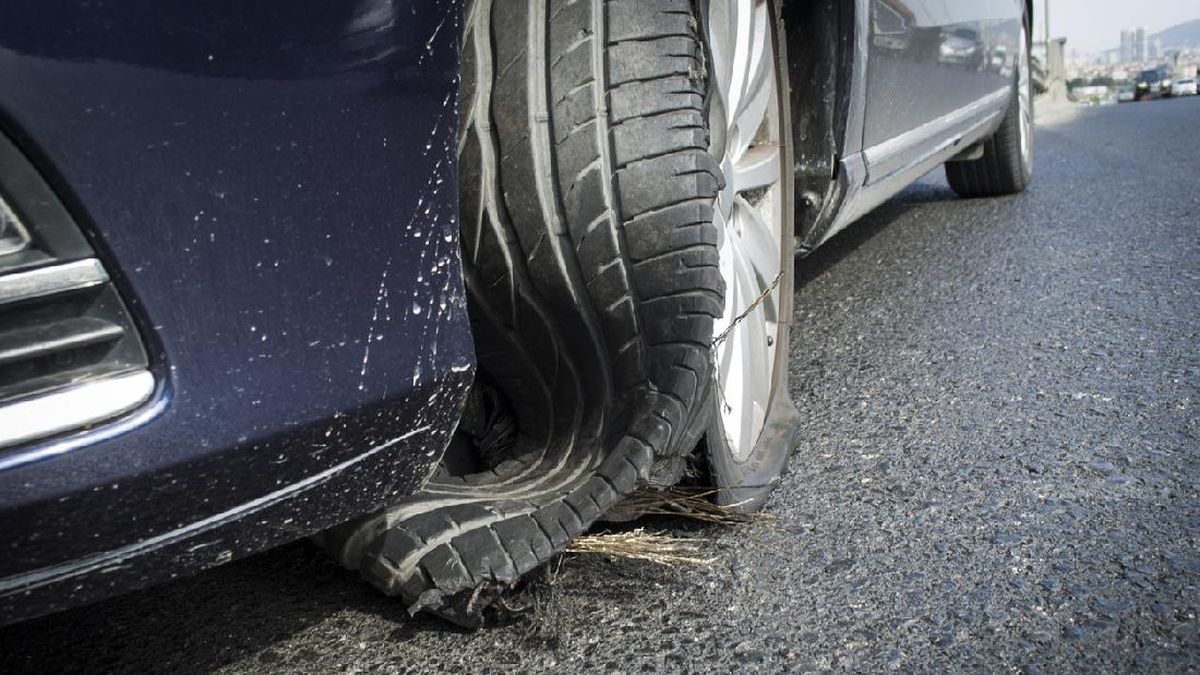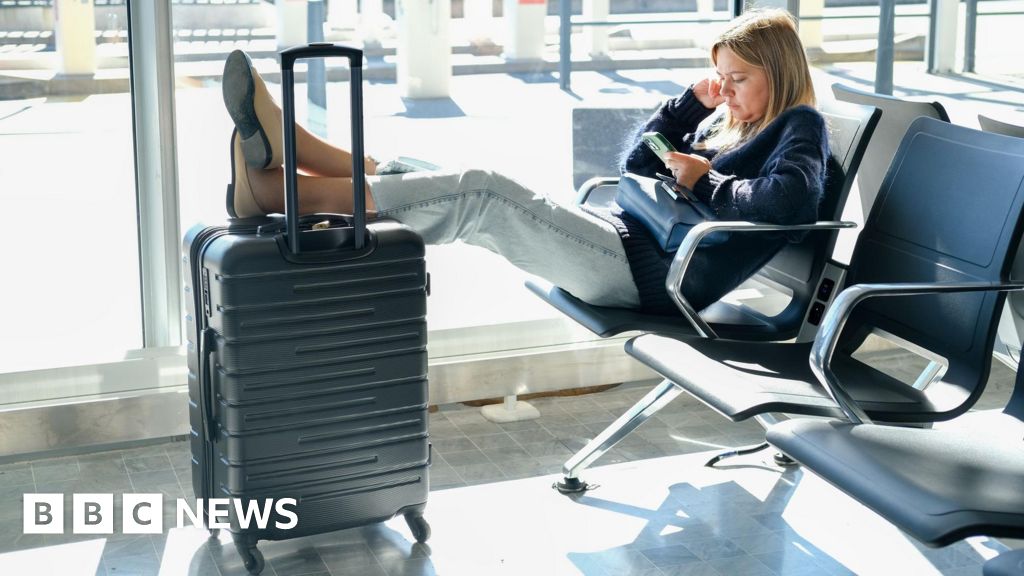It’s almost time for cyclists to farewell the ‘really outrageous’ 55 steps at Milsons Point
Norman Monshall, 80, is a squeaky wheel. He is one of a legion of cyclists who have been agitating for decades to get a ramp to replace the 55 “really outrageous” steps at Milsons Point required to access the Sydney Harbour Bridge cycleway.
While he cycles 100 kilometres a week, he is unable to carry his electric/hybrid bikes up the steps and sometimes takes the ferry across the harbour instead.
When NSW Transport Minister John Graham announced on Friday that the 170-metre, $38.9 million ramp to the bridge cycleway would soon be completed, Monshall was delighted and relieved.

Norman Monshall, 80, cycles 100 kilometrs a week, but these days the old steps to access the Harbour Bridge cycleway are too hard to get up, especially with a heavy electric bike. So he takes the ferry to avoid the steps. Credit: Louise Kennerley
Graham said it would open this summer, with the date to be finalised in the next few weeks. “This cycling infrastructure is long overdue,” he said.
When Australia’s only Tour de France winner Cadel Evans described steps to the bridge cycle path as “not very well thought-out”, that was “quite an understatement”.
“We expect this to encourage more cyclists to commute north and south when for so many years just getting on to the bridge was a challenge in itself,” Graham said.

Ramping up: The Sydney Harbour Bridge cycleway ramp construction is due to be completed this summer. Credit: James Brickwood
Cyclists and lobby groups such as Bicycle NSW are praising the three-metre-wide ramp for its “elegance” and gentle grade of 2 per cent, designed to make cycling across the bridge accessible to everyone from eight to 80 years.
It was a win for cyclists, and those keen to access the city with children, heavy e-bikes or cargo bikes, it said.
Willoughby Mayor Tanya Taylor responded to a Bicycle NSW Facebook post: “Even in walk mode it’s tricky to get my e-bike up and down the bridge so I can’t wait for the new ramp to open!”
While Graham inspected the ramp, even the fittest of cyclists paused for a rest while climbing the stairs. For those using electric bikes, which can weigh 70 kilograms or more, it was too much.

NSW Transport Minister John Graham conducted a site inspection on Friday.Credit: James Brickwood
The serpentine form of the slender ramp – reflected in the design of the paving – seems to defy gravity.
“It looks like it shouldn’t stand up,” said landscape architect Sacha Coles, global design director of Aspect Studios, which worked on the project. The design tricks the eye because the ramp seemed to twist a bit like a snake. “You never see the full bulk of it.”
Opponents claimed the ramp would disrupt the park underneath. Others pushed for a spiral ramp, which would have been steeper and taken up more space.
Loading
“The last thing we wanted was it to be a massive eyesore within the park,” Coles said. “We wanted to make it as light and slender as possible.”
He said the final design had been selected because it left the park untouched, grouped road, train and cycling together, and deposited cyclists to the north of the park.
When the Sydney Harbour Bridge designed by John Bradfield opened in 1932, cyclists were charged threepence, motor cars sixpence, with sheep and pigs a penny a head. Cyclists were banned from the road in 1962 when traffic increased.
Monshall said going by road would have provided for a smoother exit. “But of course, that was gobbled up by cars, because they are always priority number one in Sydney.”
Anna Bradley, Transport for NSW executive director, integration and place (east), expected it would result in an immediate increase from the average of 2000 cyclists a day before COVID-19. She said it would become a tourist attraction, surpassing the experience of cycling the Golden Gate Bridge in San Francisco.
Start the day with a summary of the day’s most important and interesting stories, analysis and insights. Sign up for our Morning Edition newsletter.
Most Viewed in National
Loading


















































